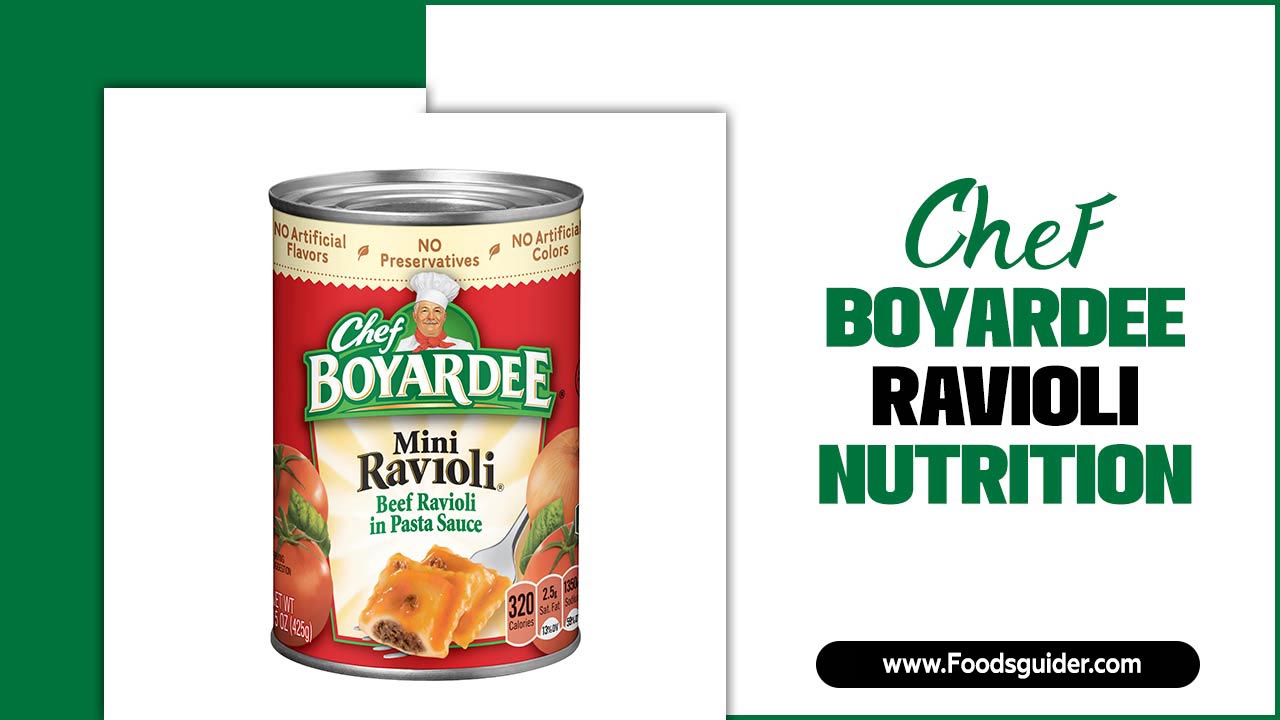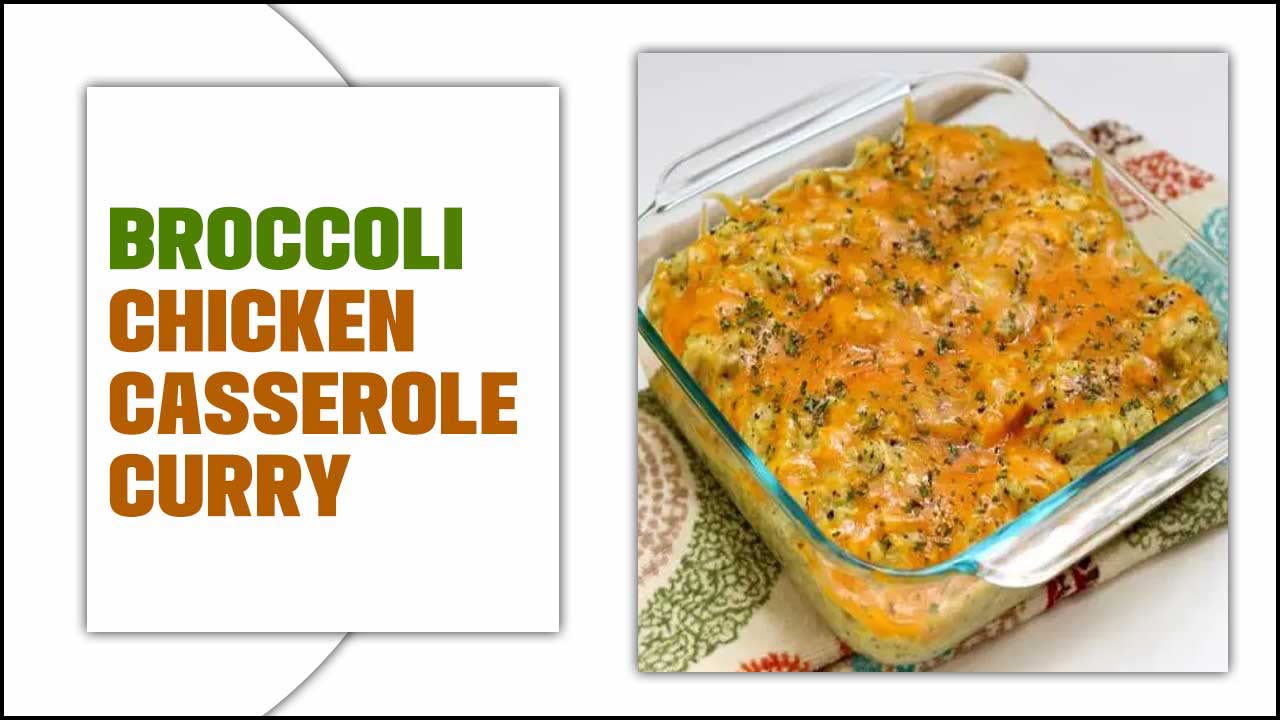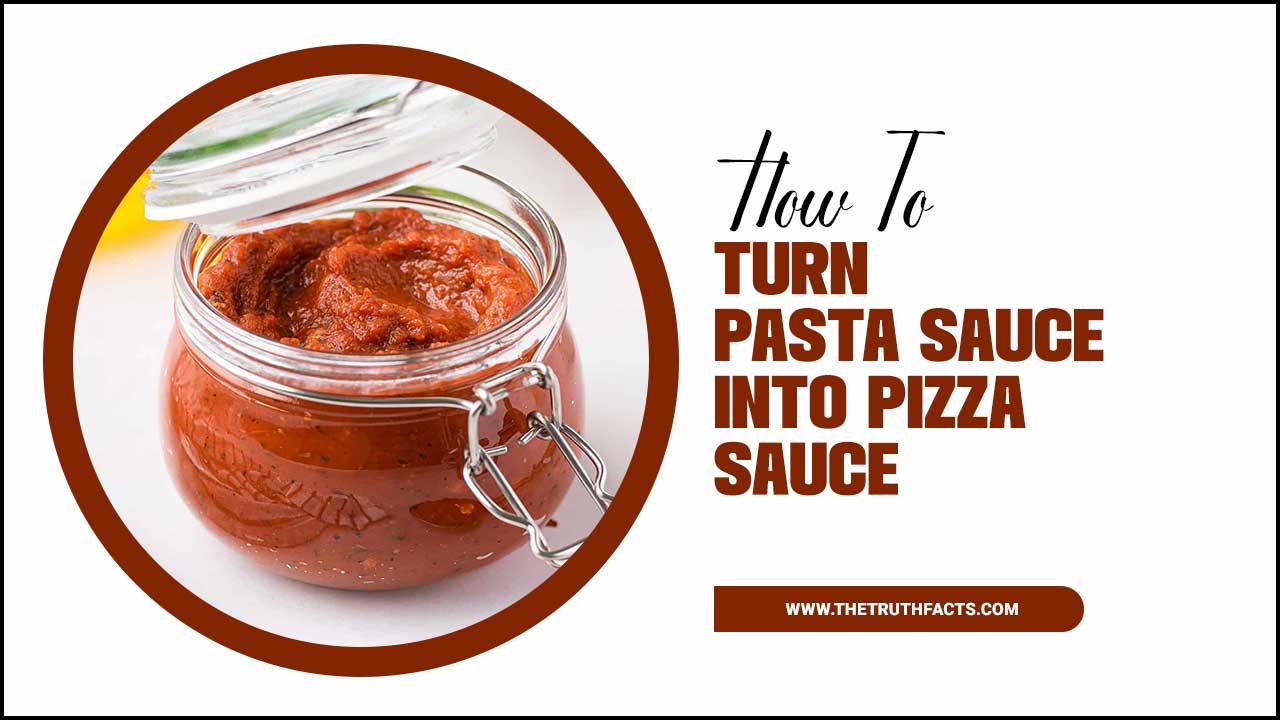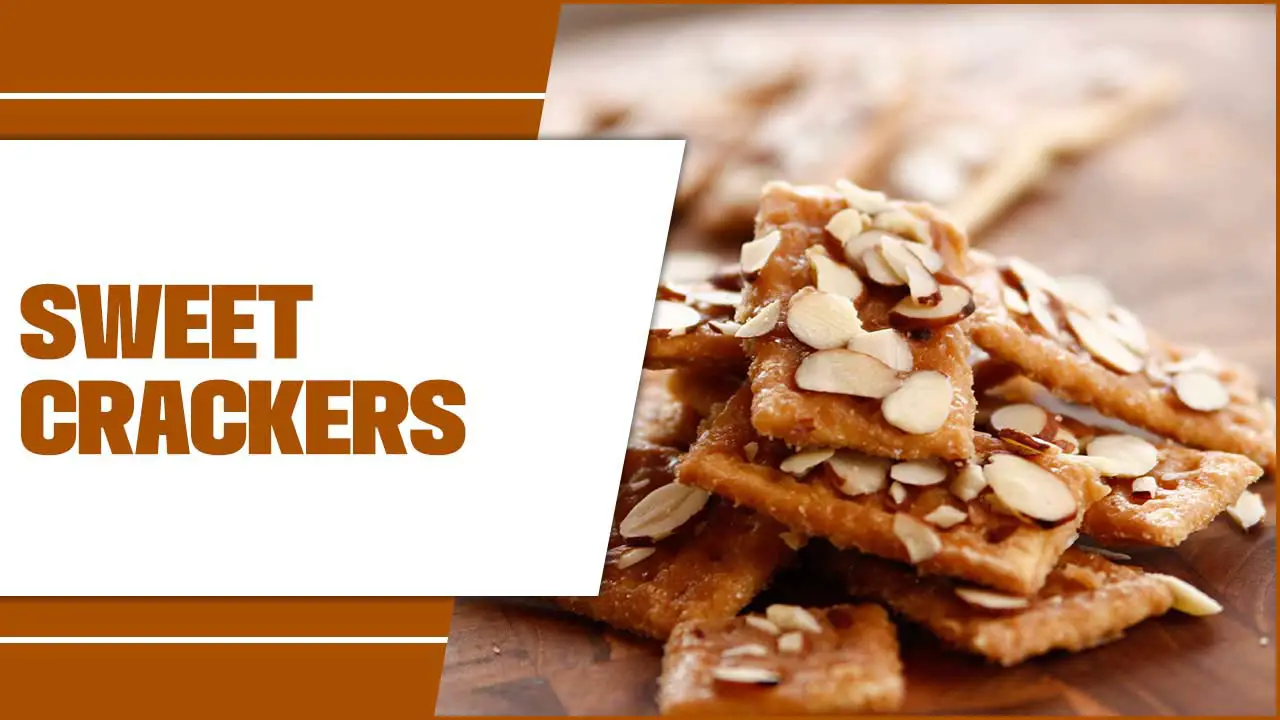Embark on a delicious Kolkata Kathi Roll crawl with this guide! Discover the best spots, essential ingredients, and easy at-home tips to recreate this iconic street food marvel. Perfect for beginners and food adventurers alike, learn how to master the roll!
Kolkata is a city that tantalizes the taste buds, and at the heart of its vibrant street food scene is the legendary Kathi Roll. But with so many nooks and crannies offering this delicious wrap, where do you even start? Feeling overwhelmed by choices or unsure of what makes a truly authentic Kathi Roll? Don’t worry! This guide is your friendly roadmap to navigating the Kolkata Kathi Roll crawl, ensuring you experience the best this culinary gem has to offer. We’ll break down the magic, from essential fillings to the perfect paratha, making your exploration both easy and incredibly tasty. Get ready to discover your new favorite bite!
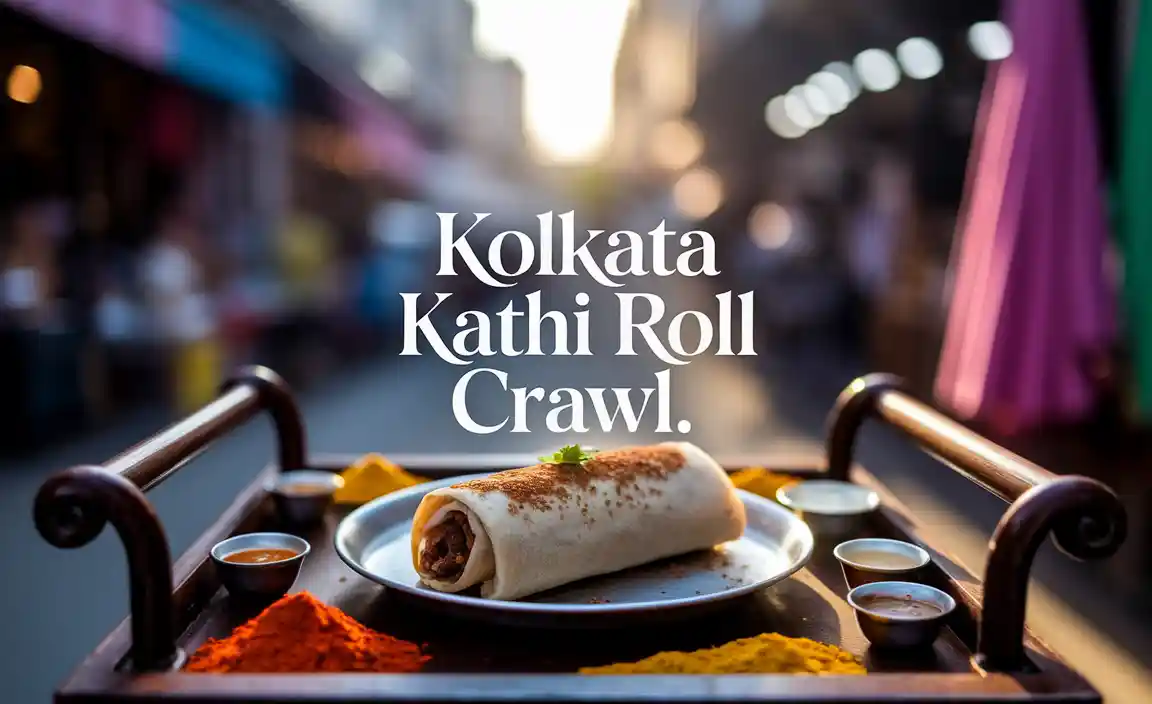
Your Ultimate Kolkata Kathi Roll Crawl: A Beginner’s Guide
The Kathi Roll is more than just a snack; it’s an institution in Kolkata. Born from the need for a quick, portable meal, it has evolved into a culinary art form. Imagine tender, spiced meat or flavorful vegetables encased in a flaky, paratha roti, slathered with tangy sauces and crunch elements – pure bliss! Whether you’re a seasoned foodie or new to the world of Indian street food, this guide will equip you with everything you need to enjoy the authentic Kolkata Kathi Roll experience, both on the streets of Kolkata and in your own kitchen.
What Exactly is a Kathi Roll?
At its core, a Kathi Roll is a wrap. But not just any wrap! It typically features a thin roti (often made with refined flour, like naan or paratha) that’s lightly oiled and cooked on a tawa (griddle). This paratha is then filled with a savory mixture, usually marinated and grilled kebabs (traditionally Kathi kebabs, hence the name), onions, a dash of chili, and a squeeze of lemon. Modern variations include a variety of fillings, both vegetarian and non-vegetarian, and often incorporate chutneys and sauces.
The Anatomy of a Perfect Kathi Roll
Success in a Kathi Roll lies in the harmony of its components. Each element plays a crucial role in the final symphony of flavors and textures.
- The Roti/Paratha: This is the foundation. It needs to be pliable enough to wrap but also have a slight crispness. A flaky, layered paratha made with maida (all-purpose flour) is traditional, though whole wheat flour versions are also popular.
- The Filling: This is where the personality of the roll shines. Traditionally, it’s succulent pieces of mutton or chicken tikka, marinated in yogurt and spices, then char-grilled.
- The Accents: Thinly sliced onions, green chilies (for heat!), and a generous squeeze of fresh lemon juice cut through the richness and add a refreshing zest.
- The Sauces/Chutneys: While not always traditional, many modern rolls include a smear of mint chutney, tamarind chutney, or even a spiced mayonnaise.
Kicking Off Your Kolkata Kathi Roll Crawl: Must-Visit Spots
While the spirit of the Kathi Roll can be savored anywhere, experiencing it in Kolkata is a pilgrimage. Here are some iconic places where the magic truly happens. It’s a good idea to research current operating hours and locations before you embark on your culinary adventure.
1. Nizam’s Kathi Kabab (Hindustan Park)
Often hailed as the birthplace of the Kathi Roll, Nizam’s is a legendary stop. Their mutton Kathi Roll, made with perfectly marinated and grilled meat, is a must-try. The simplicity and expert execution are what make it stand out. Be prepared for crowds, as this place is incredibly popular!
2. Kusum Rolls (Park Street)
Another iconic name on Park Street, Kusum offers a wide array of Kathi Rolls, both vegetarian and non-vegetarian. Their chicken and paneer rolls are particularly beloved. They are known for their generous portions and flavorful fillings.
3. Badshah Bandhu (Various Locations)
Badshah Bandhu is a more recent but highly acclaimed contender. They focus on classic Kathi Rolls with high-quality ingredients. Their spicy chicken and mutton variants are highly recommended for those who love a bit of a kick.
4. D’Licious (Various Locations)
Known for their innovative approach, D’Licious offers a modern twist on the Kathi Roll. They use different types of wraps and fillings, catering to a more contemporary palate. It’s great for those looking for something a little different from the traditional.
5. Zeeshan (Park Street)**
Zeeshan is a fantastic option for those who appreciate well-spiced, authentic Mughlai cuisine. Their Kathi Rolls are rich and flavorful, providing a satisfying experience, especially their mutton tikka rolls.
Pro Tip: When crawling, it’s best to share rolls with your companions to sample a wider variety without overindulging! Remember to stay hydrated, especially during warmer months. You can find great guides on staying healthy while traveling from organizations like the CDC which offer general advice on food and water safety when trying street foods.
Crafting Your Own Kolkata Kathi Roll at Home: A Simple Recipe
Can’t make it to Kolkata right now? No problem! You can recreate the magic of a Kathi Roll in your own kitchen with this easy-to-follow recipe. This version focuses on simplicity and flavor, perfect for a weeknight meal or a fun cooking project.
Ingredients You’ll Need:
- For the Parathas:
- 2 cups all-purpose flour (maida)
- 1/2 teaspoon salt
- 2 tablespoons oil or ghee, plus more for cooking
- Water, as needed
- For the Filling (Chicken Tikka Style):
- 1 lb boneless, skinless chicken breast or thighs, cut into bite-sized pieces
- 1/2 cup plain yogurt
- 1 tablespoon ginger-garlic paste
- 1 teaspoon red chili powder
- 1/2 teaspoon turmeric powder
- 1 teaspoon garam masala
- 1 teaspoon cumin powder
- 1/2 teaspoon salt, or to taste
- 1 tablespoon lemon juice
- 2 tablespoons oil for cooking
- For Assembly:
- 1 large onion, thinly sliced
- 2-3 green chilies, finely chopped (optional)
- Fresh cilantro, chopped (for garnish)
- Lemon wedges, for serving
- Mint chutney or your favorite sauce (optional)
Step-by-Step Kathi Roll Creation:
- Marinate the Chicken: In a bowl, combine the chicken pieces with yogurt, ginger-garlic paste, red chili powder, turmeric, garam masala, cumin powder, salt, and lemon juice. Mix well, cover, and refrigerate for at least 30 minutes (or longer for more flavor).
- Prepare the Paratha Dough: In a large bowl, mix the flour and salt. Add the 2 tablespoons of oil/ghee and rub it into the flour until it resembles breadcrumbs. Gradually add water and knead into a soft, smooth dough. Cover and let it rest for 15-20 minutes.
- Cook the Chicken Filling: Heat 2 tablespoons of oil in a skillet or pan over medium-high heat. Add the marinated chicken and cook until browned, cooked through, and slightly charred, about 8-10 minutes. You can also grill this for more authentic smoky flavor.
- Make the Parathas: Divide the dough into equal portions (about 4-6). Roll each portion into a thin circle. Heat a tawa or flat skillet over medium heat. Add a little oil or ghee. Place a rolled paratha on the tawa and cook for about a minute until small bubbles appear. Flip it, add a bit more oil/ghee, and cook the other side until golden brown and slightly crispy. Repeat for all parathas.
- Assemble the Rolls: Lay a warm paratha flat. If using, spread a thin layer of mint chutney. Place a generous portion of the cooked chicken filling in the center. Top with sliced onions and chopped green chilies (if using).
- Wrap and Serve: Sprinkle with fresh cilantro and a squeeze of lemon juice. Tightly wrap the paratha from the bottom up, tucking in the sides to create a neat parcel. Serve immediately with extra lemon wedges.
For a more authentic experience, consider using a cast-iron tawa if you have one. The even heat distribution is great for cooking parathas to perfection. Learn more about the benefits of cast iron cookware, which can last a lifetime, by visiting resources like FDA guidance on safe cookware, ensuring your kitchen tools are safe and effective.
Vegetarian Kathi Roll Variations: Delicious Alternatives
Don’t eat meat? No problem! Kathi Rolls are wonderfully versatile. Here are some popular vegetarian fillings that are just as delicious:
- Paneer Tikka: Cubes of paneer (Indian cottage cheese) marinated and pan-fried or grilled until golden and slightly crisp.
- Aloo Tikki: Spiced potato patties, often mashed with vegetables and spices, then shallow-fried.
- Mixed Vegetable: A medley of finely chopped and stir-fried vegetables like capsicum, carrots, beans, and peas, seasoned with Indian spices.
- Mushroom Masala: Sliced mushrooms cooked in a rich, spiced masala.
These vegetarian fillings can be prepared using similar marination and cooking techniques as the chicken filling, ensuring they are packed with flavor.
The Essential Kathi Roll Toolkit
While you can certainly make a Kathi Roll with basic kitchen items, a few key tools can make the process smoother and yield better results:
- Tawa/Griddle: Essential for cooking the parathas and sometimes the filling. A cast-iron skillet is excellent for even heat distribution.
- Rolling Pin and Board: For evenly rolling out your paratha dough.
- Spatula: For flipping parathas and stirring fillings.
- Mixing Bowls: For marinating and preparing ingredients.
- Sharp Knife: For preparing onions and other fillings.
Tips for Kathi Roll Perfection
Want to elevate your Kathi Roll game? Here are some insider tips:
- Don’t Overcrowd the Pan: When cooking the chicken or paneer, ensure there’s enough space in the pan for the ingredients to get a nice sear.
- Roll Thinly: For the best texture, roll the parathas as thinly as you can without tearing.
- Use Fresh Ingredients: The quality of your onions, chilies, and lemon juice makes a big difference.
- Spice to Taste: Adjust the chili powder and garam masala according to your preference for heat.
- Experiment with Sauces: While mint chutney is classic, try other chutneys or even a spicy yogurt sauce for a twist.
Kolkata Kathi Roll vs. Other Wraps: What’s the Difference?
It’s easy to confuse a Kathi Roll with other wraps. Here’s a quick breakdown:
| Feature | Kolkata Kathi Roll | Burrito | Shawarma (Middle Eastern) | Spring Roll (Asian) |
|---|---|---|---|---|
| Wraps Used | Maida/atta paratha or sometimes roti. | Large flour tortilla. | Pita bread or flatbread (e.g., lavash). | Thin rice paper or wheat-based wrappers. |
| Primary Filling | Grilled marinated meat (kebab) or vegetables. | Rice, beans, meat (beef, chicken), salsa, cheese. | Thinly sliced grilled meat (lamb, chicken), tahini sauce, vegetables. | Vegetables, noodles, sometimes shrimp or meat, served with dipping sauce. |
| Flavor Profile | Spiced, savory, tangy, often with raw onion and lemon. | Hearty, often with Mexican-inspired spices, fresh or cooked salsa. | Savory, herby, garlicky, with creamy tahini. | Fresh, light, crunchy (if fried) or soft, with umami dipping sauce. |
| Origin | Kolkata, India. | Mexico/USA. | Middle East (Turkey/Levant). | East Asia (China/Vietnam). |
As you can see, while all are “wraps,” the Kathi Roll has its unique identity rooted in Indian street food culture, emphasizing the marinated and grilled fillings encased in a flaky Indian bread.
Pairing Your Kathi Roll: What to Drink?
A great Kathi Roll deserves a great beverage! Here are some classic pairings:
- Masala Chai: The quintessential Indian tea is a perfect companion to any Indian street food. Its warmth and spice complement the roll beautifully.
- Lassi: This cool, yogurt-based drink (sweet or salty) provides a refreshing contrast to the spices of the roll.
- Fresh Lime Soda: A sparkling or still soda infused with fresh lime juice and a touch of sugar and salt is incredibly refreshing, especially on a hot day.
- Butter Tea: While more common in Himalayan regions, some places in Kolkata might offer a unique twist.
Frequently Asked Questions about Kolkata Kathi Rolls
Here are some common questions beginners might have:
Q1: What does “Kathi” mean in Kathi Roll?
A1: “Kathi” refers to a thin bamboo skewer that was traditionally used to grill the kebabs used as the filling. The name stuck even as cooking methods evolved.
Q2: Is it very spicy?
A2: It can be, but it’s adjustable. The key spices are usually controlled by the cook. You can always ask for “less spicy” or request chilies on the side.
Q3: What is the most traditional filling?
A3: Traditionally, it was mutton tikka (marinated and grilled lamb). However, chicken tikka is now equally popular and widely considered a classic.
Q4: Can I make a Kathi Roll with whole wheat flour (atta)?
A4: Yes! While maida (all-purpose flour) is more traditional for its softness and crispiness, using atta will result in a healthier and equally delicious roll, though it might be slightly chewier.
Q5: What are the best accompaniments for a Kathi Roll?
A5: A squeeze of fresh lemon juice is crucial! Thinly sliced raw onions and sometimes green chilies chopped fine are very common. A side of mint chutney or tamarind chutney can also be great.
Q6: Are Kathi Rolls healthy?
A6: Like most street foods, they can be rich. However, they offer protein from the fillings and carbohydrates from the paratha. Opting for whole wheat parathas and lean meats, along with plenty of fresh onions and a squeeze of lemon, can make them a more balanced quick meal when enjoyed in moderation.
Conclusion: Your Kathi Roll Adventure Awaits!
The Kolkata Kathi Roll is a delightful culinary journey, whether you’re navigating the bustling streets of Kolkata or recreating its magic in your own kitchen. It’s a testament to how simple ingredients, when combined with passion and skill, can create something truly spectacular. From the perfectly flaky paratha to the succulent, spiced filling, every bite is an explosion of flavor. This guide has armed you with the knowledge to embark on your own Kathi Roll crawl, discover your favorite spots, and even master the art of making them at home. So, go forth, explore, experiment, and most importantly, enjoy every delicious, saucy, and satisfying bite!

